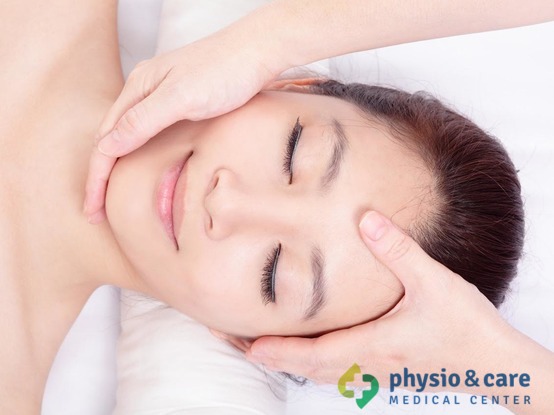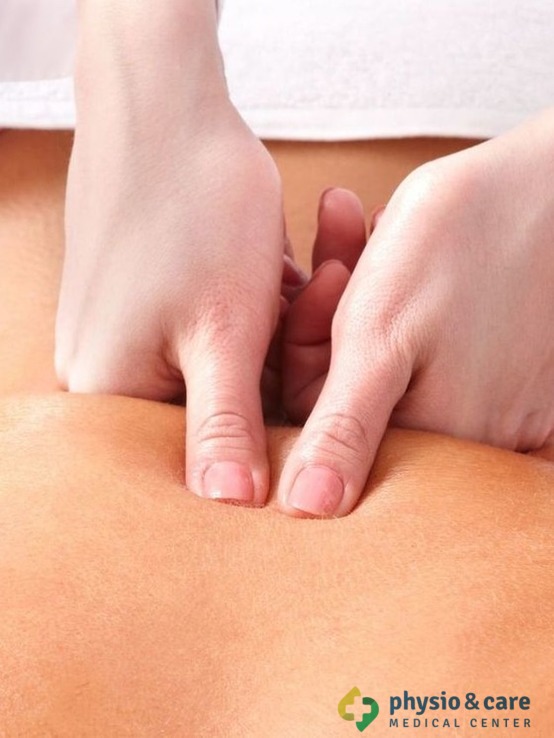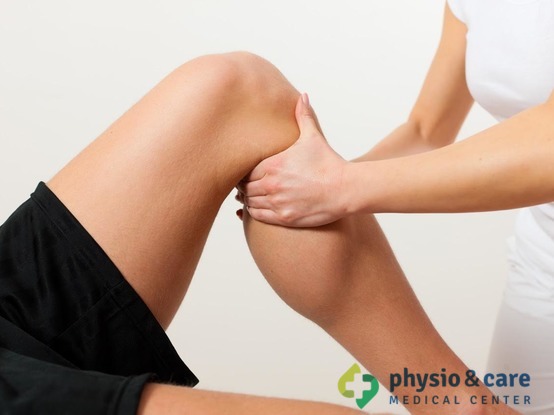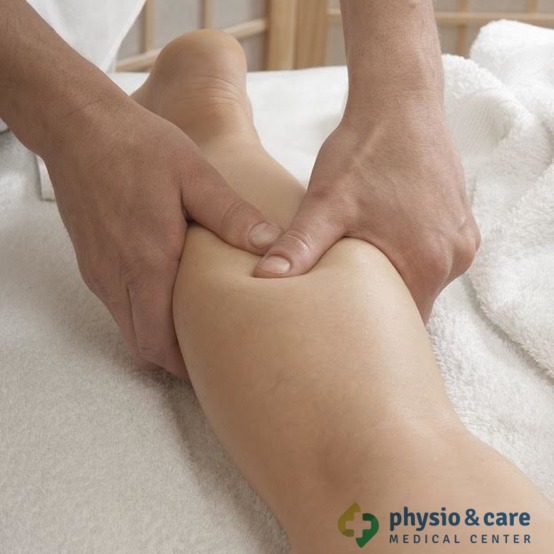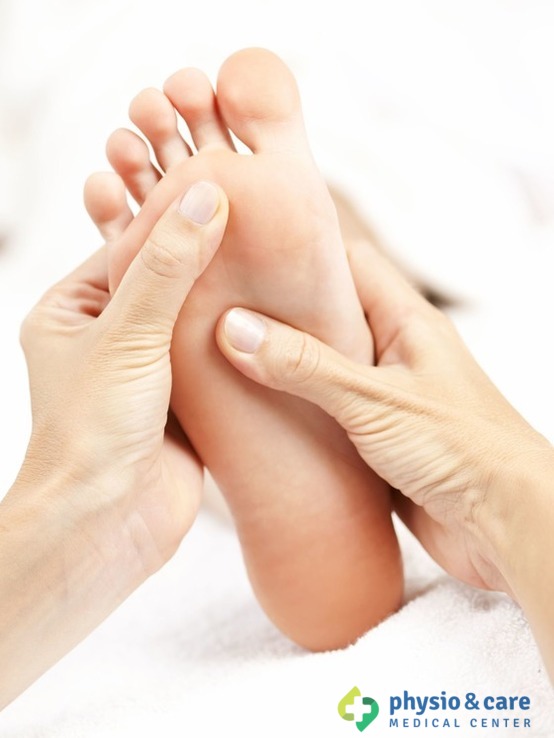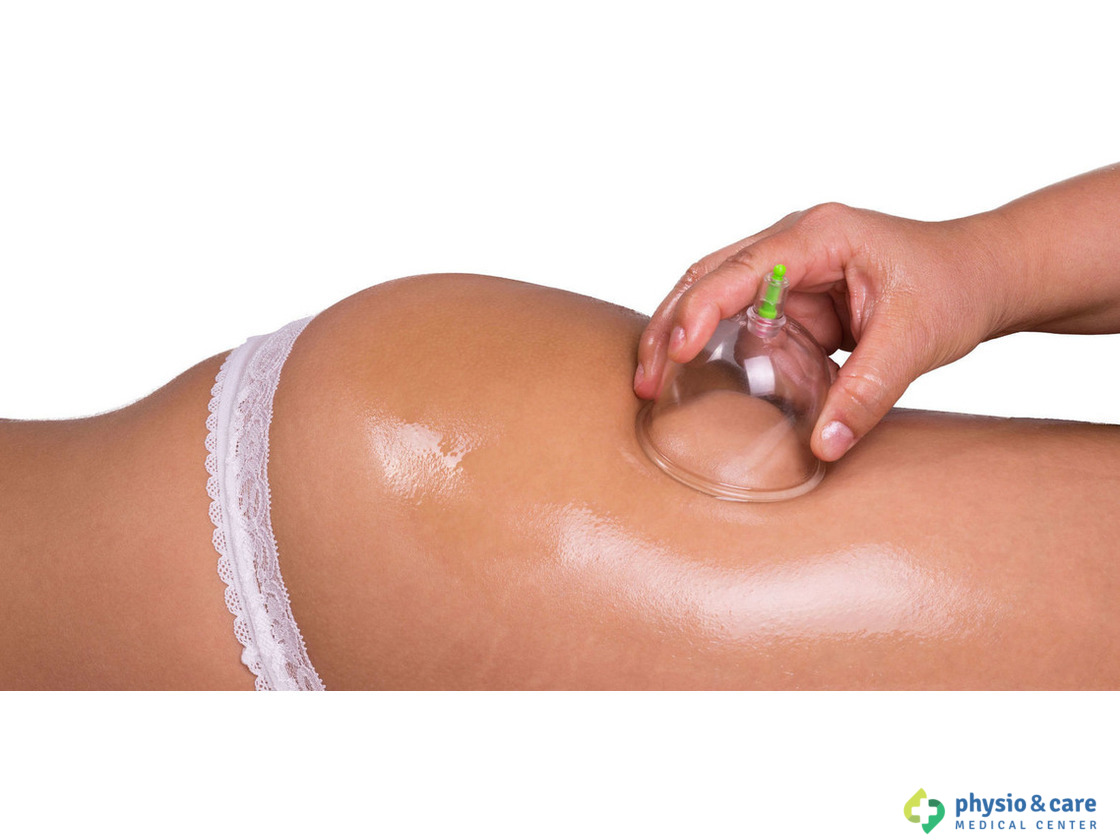Therapeutic effects of massage
Masseur always bases his procedures on individual problems and physical disposal of a particular patient. Massage touches achieve a therapeutic effect in the body, not only at the massaged spots, but also in remote places, or even the whole body. During the massage, the hard skin cells loosen, and thereby release pores, outlets of sweat and sebaceous glands. This improves mechanical processes in the skin cells, the blood circulation in the skin and subcutaneous tissue, and results in an increased supply of oxygen, nutrients, as well as protective agents. At the same time it increases the discharge of waste materials.



